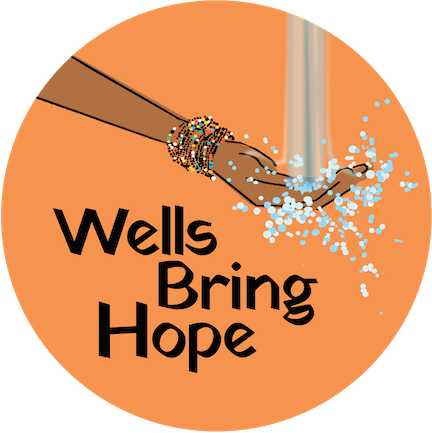by Cindy L. Kurland
The recent “Frontline” expose of much-trumped PlayPumps International’s failure compared to the quiet success of Wells Bring Hope is an excellent example of the wrong way and right way to do something. It also illustrates how a daffy idea can grab the media’s attention, attract big name support and money, waste millions of dollars in the process then crumple and die.
The brainchild of Trevor Field, described as “a billboard executive in South Africa,” the idea was to use roundabouts (a merry-go-round-like piece of playground equipment that children run next to and then jump on) to pump water into an above ground storage tank. The four sides of the tank would have advertisements and public service announcements that would support the maintenance of the pump.
Amidst great fanfare that included, ironically, an inspiring, feel-good segment on “Frontline,” then First Lady Laura Bush gushed about PlayPumps, the United States donated $10 million, the Case Foundation gave $5 million and rapper J-Zee performed as part of a $60 million fundraising effort.
In contrast, Wells Bring Hope (WBH) was rather quietly founded in March of 2008, by a small group of women, after hearing acclaimed photographer Gil Garcetti describe the West African water crisis, chronicled in his recently-published book, Water Is Key: A Better Future for Africa.”
As of March 2010, Wells Bring Hope has funded 34 wells in Niger pronounced (knee zhare5) selected because, according to the UN Development Index, it is THE poorest country in the world.
The two extremely divergent paths taken by PlayPumps and WBH explains the demise of one and success of the other.
After carefully researching NGO’s working on water in West Africa, Wells Bring Hope partnered with World Vision, because they had 20 years’ experience successfully drilling wells in that region. PlayPumps relied on the “Save the Children” Foundation, which had no expertise in this field, to handle its drilling in Mozambique.
World Vision doesn’t begin drilling before the village invests a small amount of their own money in the project and the chief forms a committee of village elders and women to administrate the well. Villagers pay a small amount for the water, which goes toward the well’s maintenance, and people are trained to repair it, so they take full ownership of their well.
A key element in PlayPumps’ failure is the very daffiness of the proposal. Everyone loved the novelty of the idea—having water pumped as children play–but
– No body bothered to determine how much spinning on a roundabout was needed to supply a village with water—“The Guardian” newspaper estimated that 27 hours of “play” per day was needed to provide the targeted daily water needs of 2,500.
– And, nobody actually observed children (without the presence of cameras) to see just how long any of them played on a roundabout—one observer said “the kids hated the pump and it was chore.”
Another flaw was PlayPumps’ reliance on advertising revenue which, logically, directed well construction away from the poorest, neediest areas. Jean Case, writing about the error of donating $5 million to PlayPumps, acknowledged that they “perform best in certain community settings, such as at large primary schools.” Another observer determined that a large school setting was the only appropriate application.
After a WBH well is drilled, World Vision continues to work with a village for 15 years, training people to administer and maintain the well and educating them on proper hygiene and good sanitation. In contrast, PlayPumps drilled wells and then moved on, leaving the villages with no infrastructure or plan for maintaining something that, unlike standard wells with hand pumps, required unique knowledge and parts that are not readily available.
After extensively reviewing the massive failure in person, a colleague of hydrologist and hydro-philanthropist, Michael E. ‘Aquadoc’ Campana concluded in “Hydro- philanthropy” that a number of things can be learned from PlayPumps’ failure:
1) appropriate, sustainable technology is critical;
2) locals need to buy in and have ownership;
3) think things through before acting;
4) if it ain’t broke, don’t fix it (replacing functional hand pumps in some places); and
5) beware of do-gooders bearing money and gizmos.”
Not surprisingly, the above “conclusions” are the bedrock of Wells Bring Hope and World Vision’s approach to providing safe water in the developing world.






